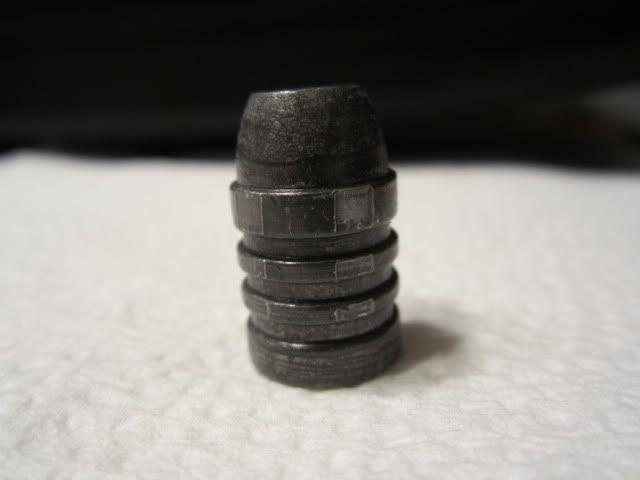Hello,
Other than "slugging" the barrel, can I measure the bore of my Lyman .50 GP Hunter using a dial caliper just inside the muzzle? If so, is it measured Land to Land, Land to Groove, Or Groove to Groove? Given the width of the lands and grooves, I could accomplish any of the three measurements and still be measuring the true diameter of the circle.
Other than "slugging" the barrel, can I measure the bore of my Lyman .50 GP Hunter using a dial caliper just inside the muzzle? If so, is it measured Land to Land, Land to Groove, Or Groove to Groove? Given the width of the lands and grooves, I could accomplish any of the three measurements and still be measuring the true diameter of the circle.





